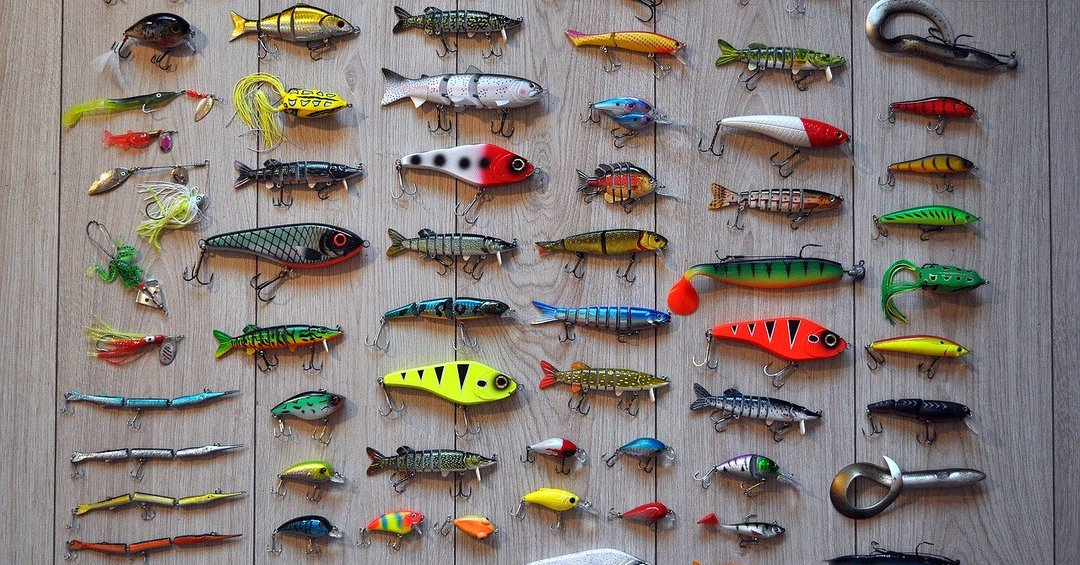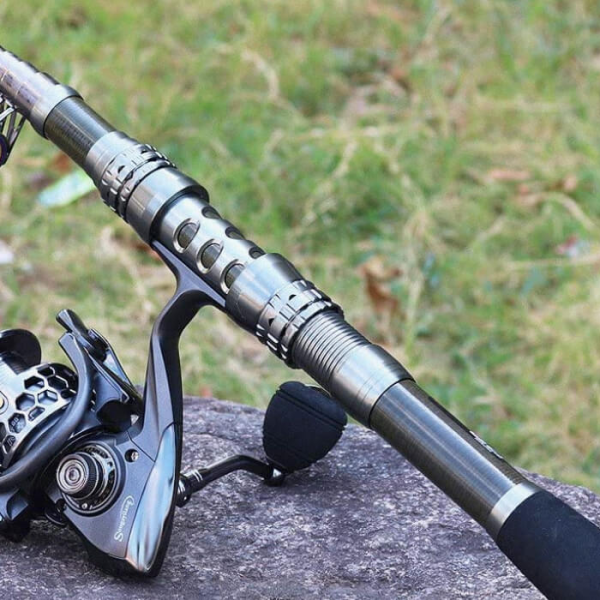Every chef needs a knife, every painter a brush; similarly, a fishing lover needs the appropriate equipment to thrive. Having the right fishing tackle makes all the difference whether you are seasoned angler or novice fisherman. Although expertise is important, the gears you use—rods, reels, lines, lures, and hooks—are also rather vital. This blog will cover all you need to ensure a successful and seamless fishing excursion.
Why Does the Right Gear Matter?
Fishing can be erratic. One moment the water could be quiet: the next, you’re battling a large fish. Having the correct equipment and knowing its function helps one to manage any circumstance. Choosing the appropriate fishing gear depending on your target species and fishing area starts this process.
1. The Right Fishing Rod
Your tackle box’s most crucial component is the fishing rod. Choosing the incorrect one could cause bad performance; it links you to the water. When choosing the appropriate rod, keep this in mind:
- Rod Length: Rods can be anywhere from five to twelve feet long. For exact casting and lure manipulation, shorter rods (5-7 feet) provide superior control. When battling bigger fish, longer rods (8-12 feet) offer more casting distance and more leverage.
- Rod Power: This is the rod’s strength. While heavier rods are more appropriate for larger fish, such catfish, lighter rods are perfect for smaller fish.
- Rod Action: Its action is determined by the rod’s bend under pressure. Fast-action rods offer great sensitivity for spotting light bites since they bend largely at the tip.
A long-term investment is a decent fishing rod; so, make sure to select one appropriate for the species and fishing circumstances you will be targeting.
2. Choosing the Right Reel
The reel is the next crucial component of equipment once you have chosen your rod. The two primary kinds to pick from are:
- Spinning Reels: These are perfect for novices. Easy to use and flexible, they fit many different fishing scenarios.
- Baitcasting Reels: These offer greater control, which is ideal for larger lures. They need more practice to be used properly, though.
Choose a reel that fits your rod and can support the weight of the fish you plan to capture.
3. Fishing Line
Everything is connected by the fishing line. Three main kinds of fishing lines to think about are:
- Monofilament: Best for novices, monofilament is inexpensive and flexible, doing well in quiet waters or light-current streams.
- Braided: Renowned for its strength and tiny diameter, braided line shines in deep-water and heavy cover fishing.
- Fluorocarbon: Underwater, this line is almost undetectable, so it’s perfect for clear water and cautious fish. It also keeps great sensitivity.
For optimal outcomes, be careful to match your line type with your rod, reel, and target fish.
4. Hooks and Sinkers
A whole tackle box would be lacking without sinkers and hooks.
- Hooks: Since hooks exist in many different forms and sizes, choosing the correct one depends on the species you are aiming for. Have a variety of hooks on hand for various fishing circumstances.
- Sinkers: Sinkers ensure your bait gets to the proper depth by adding weight to it. Based on water conditions, think about several kinds of sinkers including bullet weights, egg sinkers, and split shot.
5. Floats or Bobbers
Floats—also known as bobbers—are absolutely necessary for showing when a fish has taken the bait. They give a visual clue and assist maintain the bait at the correct depth. Choose a size suitable for your bait and the fishing surroundings. Medium-sized bobbers strike a good balance between visibility and sensitivity, making them a fantastic all-around choice.
6. Lures That Actually Work
Although live bait works well, lures provide long-lasting durability and adaptability. Depending on fishing conditions, think about the following kinds:
- Soft Plastics: Great for freshwater fishing.
- Spinners and Spoons: These reflect light, making them ideal for murky waters.
- Topwater Lures: Especially in the early morning, when fish are more active, best for shallow regions.
What to Keep in Your Tackle Box
A well-organised fishing tackle box can save you time and stress on the water. Here’s a checklist of essentials to include:
- Spare fishing line
- Extra hooks
- Fish gripper
- A range of sinkers
- A few bobbers
- Swivels (to prevent line twisting)
- Live or artificial bait
- Measuring tape
- Scissors or line cutters
- Needle-nose pliers
- Pliers (for hook removal)
- Small first aid kit
Keeping everything organised will make your time on the water much more efficient and enjoyable.
Wrapping Up
Success in fishing has no shortcuts. The appropriate fishing tackle for the situation can greatly increase your prospects. Your comfort and general experience are shaped by the several parts of your fishing rod, reel, and accessories, hence improving your pleasure on the lake.
Buy dependable, necessary equipment suited to your requirements. From the first cast to the last catch, your setup will define your whole fishing experience and ensure you create unforgettable memories every time you hit the water.




